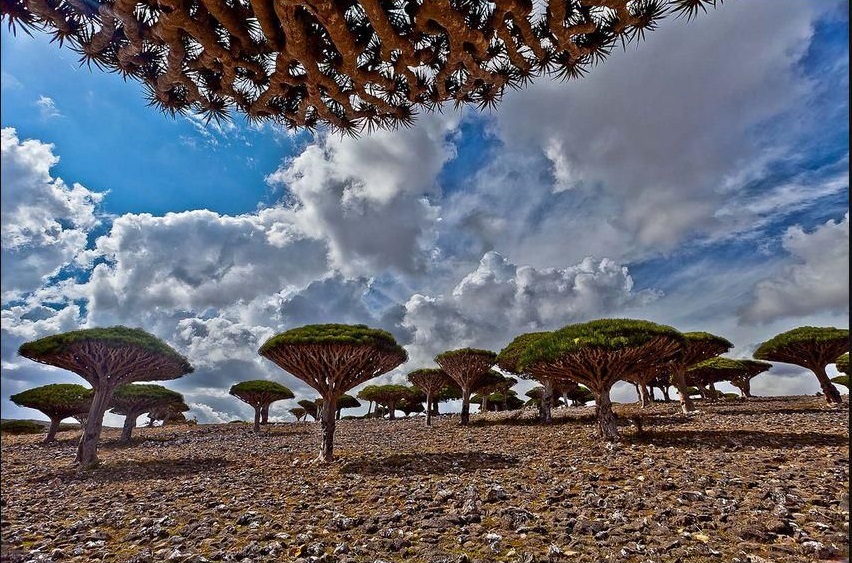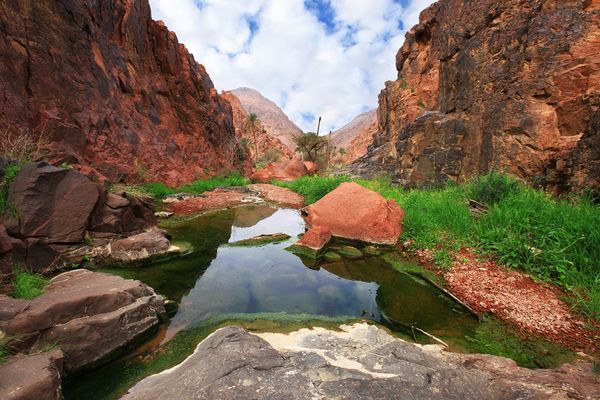We visited the island of Socotra. It is not easy. His position was isolated and also gives it a unique character. Socotra Island is opposite the famous “Horn of Africa” to the west and the south coast of the Arabian Peninsula at the mouth of the Gulf of Aden. The Indian surroundings and gives the necessary conditions to be a natural reservoir.
It is known as the “Galapagos of the Indian” precisely because of its exceptional natural heritage. Its flora and fauna have been isolated from the continent for so long, that a third of its 800 species only find Socotra and maybe you saw Socotra’s beauty in many geographical programs on your cable TV or gears TV. Now let’s know more about Socotra in detail.
Socotra: Natural Paradise
Since 2008, Socotra is a World Heritage Site, a title won by the value of its natural inventory. Its species, as mentioned, are endemic and have adapted to a warm, dry and isolated.
From that low in the small airport after a trip of more than 2 hours from the mainland, you acknowledge that this place is unique. To the sides of the few paved roads (only one that crosses the island from east to west and one that goes the highest HACA heart of the island), the vegetation of stony ground advantage sca. You will see the rare tree cucumber (Dendrosicyos socotrana) with body fat, its short branches, leafless but beautiful flowers, and fruits.
A little higher as you ascend the mountain, you’ll already have the image typical of the island, the leash of Socotra (Dracaena cinnabari). This magical tree has its umbrella-shaped crown with thick fleshy leaves and branches that trap any possibility of moisture. These huge trees become more frequent as you kept within the island grouping in huge formations (hard to call “forests”) that form the profile of the mountains.
The island has an internal high, abrupt, cut by the hand of nature so that a huge crack across it. The passages are amazing with the mountains reaching a deserted coast. There are no towns, and the few towns that are, turn their backs to the sea com osi not want to see this wonderful and warm turquoise around them.
You’ll find huge dunes as Ra’s Kadarma, compared to the huge caves were only inhabited by hundreds of thousands of bats. The northern coast is a long coastline of over 70 miles of unspoiled beaches where you will not see another person enjoying these white sands and translucent water, unspoiled, full of fish you are likely curious. Maybe a fishing boat resting on the sand is the only human trace.
In the far northwest coast, is perhaps the most beautiful beach I have visited: Qaysoh. Extensive white sand spit at times sinking into the turquoise allowing walk hundreds of meters between land and sea. A sea that calls you over 25-degree heat, where the waves just wave and you will not hear anything except birds pass and your thoughts.
Socotra: Different to all
The island belongs to Yemen, a country of immense cultural wealth, with traditions and large very deep linguistic and artistic values in the Arab world. However, Socotra has little in common with continental Yemen in this regard.
People here have many people from the shores of the Indian Ocean. They are physically similar to the Hindus than the Arab tribes of Yemen. You’ll also find that customs are peculiar. In clothing, for example, because they are not as religious, women are covered by colorful fabric as a sari, with her hair barely covered. Very different from the habits of women in Yemen mainland, which are usually covered with black

